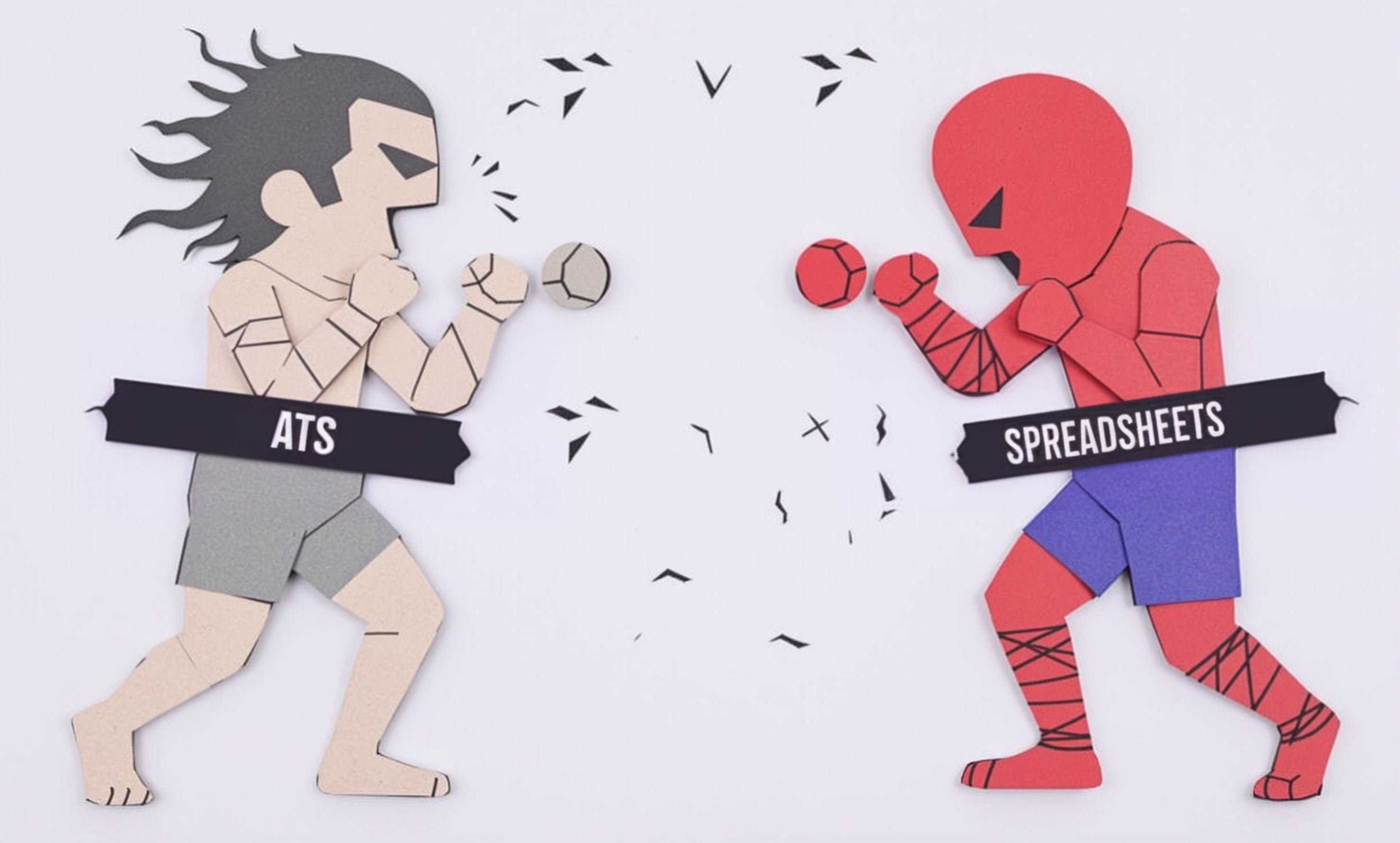
Pate Sablee
Pate Sablee is a special type of French pastry dough known for being rich and crumbly, similar to shortbread. Bakers and pastry chefs use it as a base for elegant tarts and other desserts. It's different from regular pie crusts because it has a more delicate, cookie-like texture. Some similar doughs include Pate Sucree and Pate Brisee. Understanding how to make Pate Sablee is considered a fundamental skill in French pastry making, and it shows that a pastry chef has training in classical French techniques.
Examples in Resumes
Developed seasonal fruit tart menu featuring Pate Sablee bases
Trained junior pastry chefs in proper Pate Sablee technique and handling
Created signature chocolate-raspberry tart using traditional Pate Sablee crust
Typical job title: "Pastry Chefs"
Also try searching for:
Where to Find Pastry Chefs
Professional Organizations
Online Communities
Job Resources
Example Interview Questions
Senior Level Questions
Q: How would you train a junior chef to make Pate Sablee?
Expected Answer: Should explain teaching process focusing on proper butter temperature, mixing technique, and common mistakes to avoid. Should mention quality control steps and troubleshooting methods.
Q: How do you adapt Pate Sablee for different dessert applications?
Expected Answer: Should discuss adjusting ingredients for different textures, various flavor additions, and how to modify the recipe for different types of tarts and desserts.
Mid Level Questions
Q: What are the key differences between Pate Sablee and other pastry doughs?
Expected Answer: Should explain how Pate Sablee is more crumbly and rich compared to other doughs, and discuss the different mixing methods and ingredients used.
Q: What are common problems when making Pate Sablee and how do you fix them?
Expected Answer: Should identify issues like tough dough, shrinking during baking, or wrong texture, and explain solutions for each problem.
Junior Level Questions
Q: What are the basic ingredients in Pate Sablee?
Expected Answer: Should list main ingredients (butter, flour, sugar, eggs) and explain basic mixing process.
Q: What temperature should ingredients be when making Pate Sablee?
Expected Answer: Should know that butter needs to be at room temperature and explain why temperature control is important for proper dough texture.
Experience Level Indicators
Junior (0-2 years)
- Basic dough mixing and handling
- Following basic recipes
- Understanding of kitchen safety
- Basic baking techniques
Mid (2-5 years)
- Consistent dough production
- Recipe modification
- Quality control
- Time management
Senior (5+ years)
- Advanced pastry techniques
- Recipe development
- Team training and supervision
- Production planning
Red Flags to Watch For
- No knowledge of basic French pastry terms
- Lack of temperature control understanding
- No experience with tart production
- Poor understanding of ingredient quality importance
Need more hiring wisdom? Check these out...

Refining Job Descriptions to Expand Applicant Pools: Casting a Wider Talent Net

From Passive to Active: Nurturing Candidates Over the Long Haul

Supercharge Your Candidate Screening: 7 Unorthodox Ways to Hire Faster Without Breaking a Sweat

